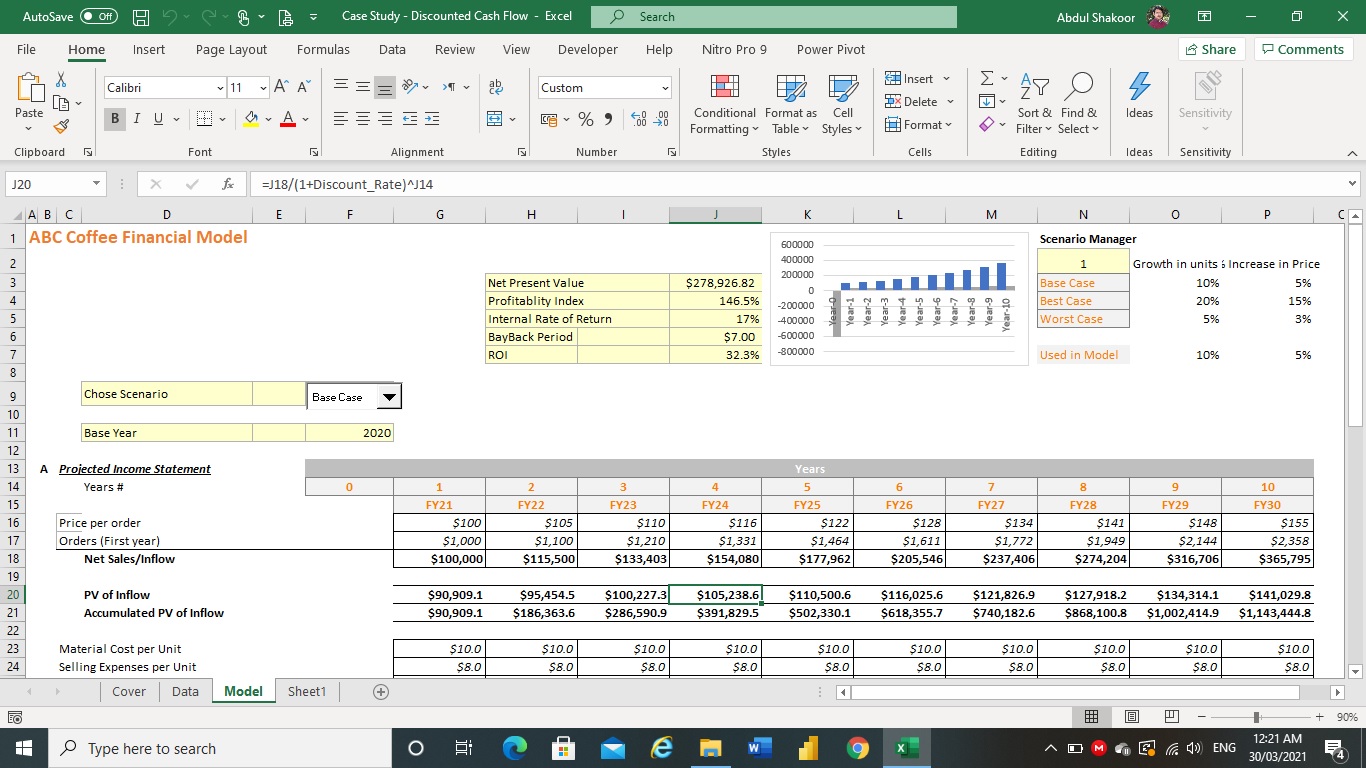Home>Finance>Six Forces Model: Definition, What It Is, And How It Works


Finance
Six Forces Model: Definition, What It Is, And How It Works
Published: January 29, 2024
Discover the definition, purpose, and mechanics of the Six Forces Model in finance. Learn how this framework analyzes industry dynamics and drives strategic decision-making.
(Many of the links in this article redirect to a specific reviewed product. Your purchase of these products through affiliate links helps to generate commission for LiveWell, at no extra cost. Learn more)
Understanding the Six Forces Model: Definition, What It Is, and How It Works
Have you ever wondered why some businesses thrive while others struggle to survive in a highly competitive market? The answer lies in understanding the dynamics of the industry and the forces that shape it. One powerful tool that can help businesses analyze their competitive landscape is the Six Forces Model. In this article, we will explore what the Six Forces Model is, its definition, and how it works to give businesses a strategic edge.
Key Takeaways:
- The Six Forces Model is a strategic framework developed by Michael Porter to analyze the competitive environment of an industry.
- It considers six key forces: industry rivalry, threat of new entrants, threat of substitutes, power of suppliers, power of buyers, and industry regulation.
Defining the Six Forces Model
The Six Forces Model, also known as the Porter’s Six Forces Model, is a strategic framework developed by Michael Porter, a renowned economist, and professor at Harvard Business School. It serves as a comprehensive analysis of the competitive environment in which a business operates.
The model takes into account six key forces that shape competition, both within the industry and in the broader market. By understanding these forces and their interplay, businesses can identify opportunities and threats, make informed business decisions, and develop effective strategies to gain a competitive advantage.
How the Six Forces Model Works
The Six Forces Model examines various aspects of the market and the industry to determine the level of competition and the potential profitability. Let’s take a closer look at each of the six forces and how they contribute to this analysis:
- Industry Rivalry: This force examines the intensity of competition within an industry. Factors like the number of competitors, market share, and differentiation impact the level of rivalry. High rivalry may result in price wars and reduced profitability.
- Threat of New Entrants: This force assesses the barriers to entry for new businesses in the industry. Factors including economies of scale, capital requirements, and government regulations determine the threat level. High barriers can protect existing businesses from new competition.
- Threat of Substitutes: This force considers the availability of alternative products or services that can fulfill the same customer needs. The higher the availability and attractiveness of substitutes, the greater the threat to existing businesses.
- Power of Suppliers: This force analyzes the influence of suppliers on businesses. Factors like the number of suppliers, uniqueness of resources, and switching costs impact the power balance. Strong supplier power can limit businesses’ profitability.
- Power of Buyers: This force examines the influence of customers on businesses. Factors such as buyer concentration, price sensitivity, and switching costs determine the bargaining power. Strong buyer power can drive down prices and reduce profitability.
- Industry Regulation: This force considers the impact of government regulations and policies on the industry. Regulations can affect competition, entry barriers, pricing, and other aspects of business operations.
By using the Six Forces Model, businesses can gain a deeper understanding of their industry and make informed decisions to stay ahead in the competitive market. It is a valuable tool for shaping strategies and identifying opportunities for growth and sustainability. With careful analysis and implementation, businesses can navigate the challenges of their industry and position themselves for long-term success.














